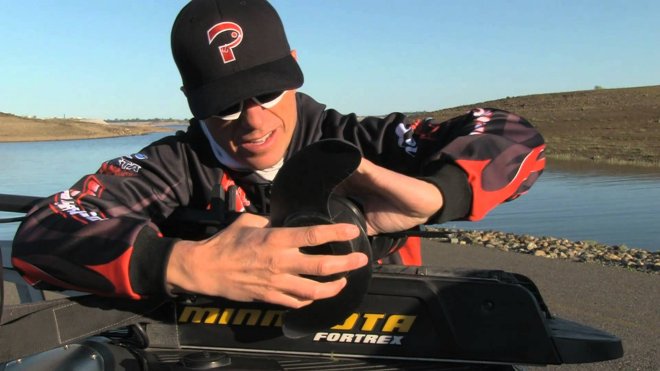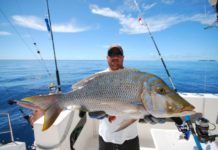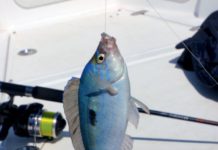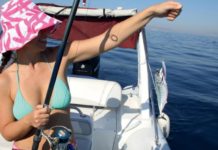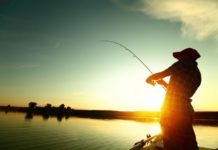All boat operators who offer outboard engine are well aware that these machines dare I say somewhat mygiangichtes and certainly require supervision and right combination between the annual service is made only by authorized technicians, but also important is our care issue, to ensure that our machine will be perfectly ready for our maritime excursions.
As mentioned above, it is important that the camera be supervised and maintained through annual service performed by authorized technicians of the various machines where they belong. You should never neglect this process, partly because the camera monitor and ensure the correct operation, partly because anticipate subsequent technical defects that may cause serious damage in the future.
Apart from annual monitoring and maintenance, we as operators and boat owners should follow some steps or, if you will, procedures that do not require specialization, but rather time, through these ensure the proper care of our machine ; certainly care aims to find this battlefield for many years.
FLUSHING (internal washing machine with fresh water)
This process is so simple, but at the same time very important for good, long engine life, why remove the salts from the inside.
This process is certainly suggested by the manufacturers of all types, two-stroke or four-stroke, who works in an open cooling circuit.
For engines with closed cooling circuit this process is not required. Washing is accomplished either by special suction cups applied to the sides of odd jobs,
either with the special socket on the hose located low on the trunk.
Some manufacturers claim that washing is better ensured in operation at low speed of the machine, and others with engine switched off. It is advisable to consult your technician to guide you properly. The truth is washing always be done when our engine is still warm, so we ensure that the salts will easily detach from inside.
Periodically it is advisable to open the canopy (cover) of the machine and cleaned all mechanical parts with antirust.
It is essential to clean thoroughly the lower parts, i.e. wherein there may identify oil, dirt, and salts derived from continuous operation of our engine. Finally, a good rinsing with fresh water prior to closing, without the fear of a short circuit from the various wires, since these components are protected from water ingress.
Be visual check around the circuit any loss should immediately be repaired. Also important is to know the operator places the electrical fuse-fuse panel and be able to replace any blown fuse. So it will always be there pay insurance on the boat, and certainly to the point where it is protected from humidity.
The batteries should always be in good condition. For the indoor types do not need many things only frequent inspection that the batteries are charged and attach correctly. For open formats should at regular intervals to check the fluid levels and fill as needed. A little grease the poles and the two types is necessary to ensure the good condition of the poles and their accessories.
Regular checking of the oil level and quality. Basic is when during the inspection we find unusual color, trace moisture or unusual loss of oil, to appeal directly to our technician.
Visual inspection of the impeller (impeller)
The component responsible for proper engine cooling. We should, therefore, to control the flaps, and any deformations refer to the engineer. Certainly the impeller checked during the annual inspection. However, this should not reassure us, because after a ride in shallow water, the sand Aspiration hazard would cause damage to the impeller.
Good erasing a machine be cut off if the fuel inlet and leave the engine to work until it stops by itself. So we ensure that fuel debris inside the tubes that create technical problems will be negligible.
The machine legs should be outside of the Sea, when of course not the machine is used. With this tactic ensure reduced risk of electrolysis. Electrolysis, simply put, is the metal surface corrosion phenomenon. Of course, this problem is compensated by the cathodic protection, ie by placing zinc anodes in various vrechamena machine parts. It is advisable, however, to keep the legs of our machine as much as possible drier.
TIPS BEFORE DEPARTURE
1. A backup propeller, together with the relative pin and the nut should be always on board. The loss of the propeller for any reason brings unpleasant consequences.
2. Should operators be able to know the startup process of the machine to standby mode (string), where the central starting system is faulty. Of course, the cord should always be in the boat. This procedure refers only to small displacement engines.
3. there are always on board tools on our machine, as well as the manufacturer’s manual, which is sure that will help us in an emergency.

 Ελληνικά
Ελληνικά
